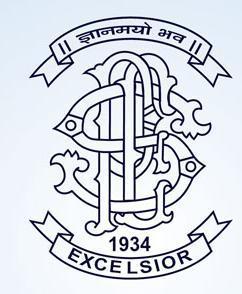Right to Information Act, 2005 can be considered to be one of the most reformative and ambitious legislations in both Indian political as well as administrative history. It was enacted by the 14th Lok Sabha, under the leadership of the then Prime Minister Dr. Manmohan Singh. The provisions of the act give to all Indian citizens the right to information2. It empowers Indian citizens against corrupt and erroneous administrative
practices. It replaced the Freedom of Information Act3 and repealed the Official Secrets Act4along with several other minor legislations tracing their origin to the British Raj.
It can be asserted without any doubt that this legislation helps in raising public knowledge about the functioning of the government. In a developing country like India, availability of information regarding functioning of public
organisations needs to be promoted further, in order to tackle the menace of corruption. The Right to Information Act, can be made more useful for the public by its effective implementation leading to improved public administration and betterment of the people.
Effective implementation of the act is possible only through the government’s bringing down of its iron curtains as well as people’s active involvement in this process. It has been rightly observed by Henry Clay that the government is a trust and the officers of the government are trustees and both the trust and the trustees are
created for the benefit of the people5. In order to ensure effective implementation, the legislation provides a provision for appointment of a Public Information Officer (PIO) in every public authority6. The Public
Information Officer is answerable to public requests regarding information within a time limit of 30 days. In case the Public Information Officer fails to provide the required information to the applicant, he/she will be held responsible and liable to pay a penalty of Rs.250 per day, up to a maximum of Rs.25007.
Since its very inception, this legislation has been used by civil society organizations as well as ordinary citizens to tackle corruption and bring greater transparency and accountability in the government.
However, this legislation is a double-edged sword with ample scope for misuse as well. As the legislation does not enquire about the purpose of the information being sought. The purpose behind acquiring the information is not always positive but sometimes it is to malign the department or a person of very high stature in
the government organization. The legislation has been misused by several people for settling personal scores with their opponents’ arising out of their family or matrimonial disputes, maintenance claims, rivalry, enmity or vengeance or for harassing public officials.
Right to Information – An Overview
RELATED ARTICLES



